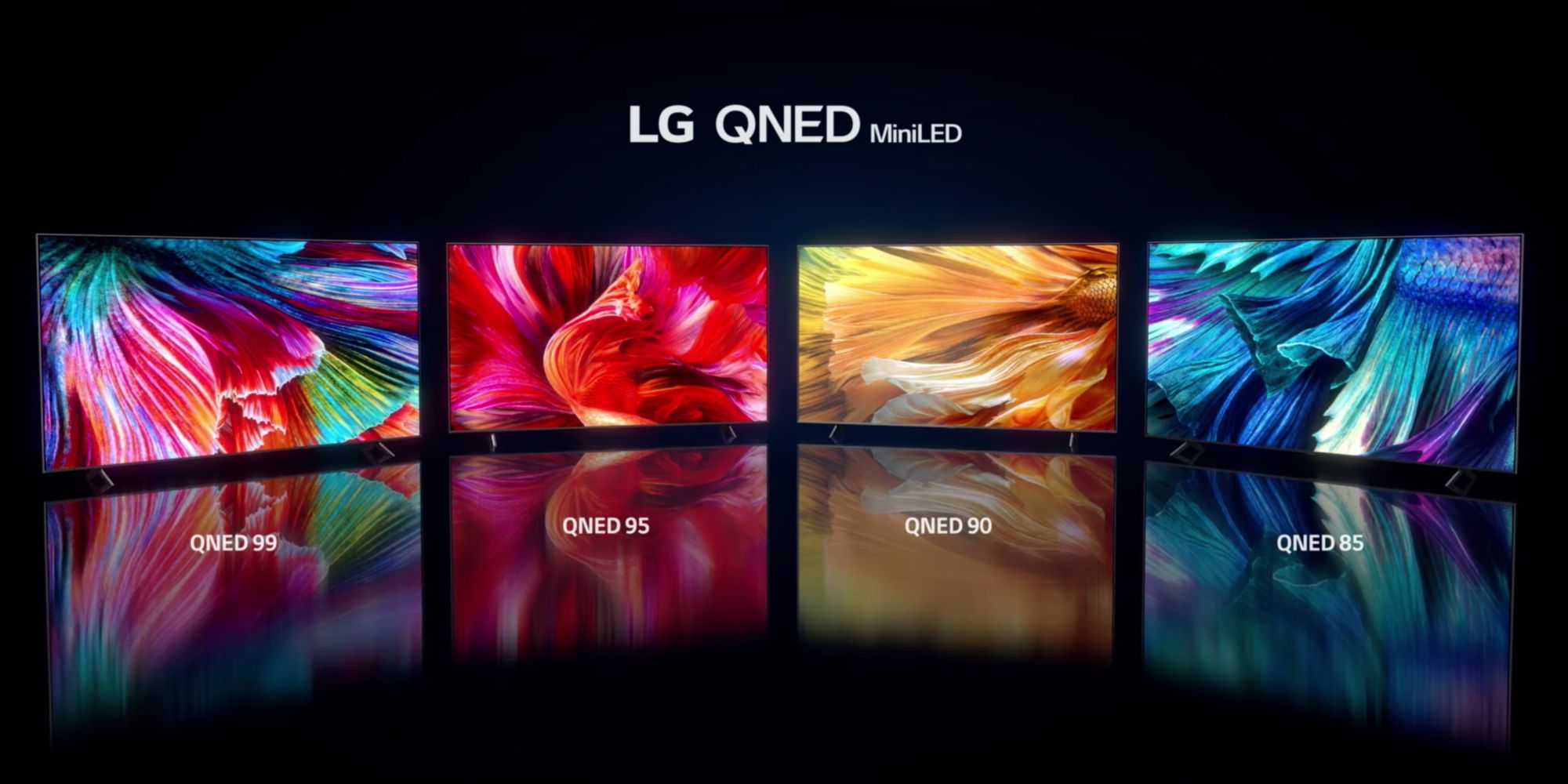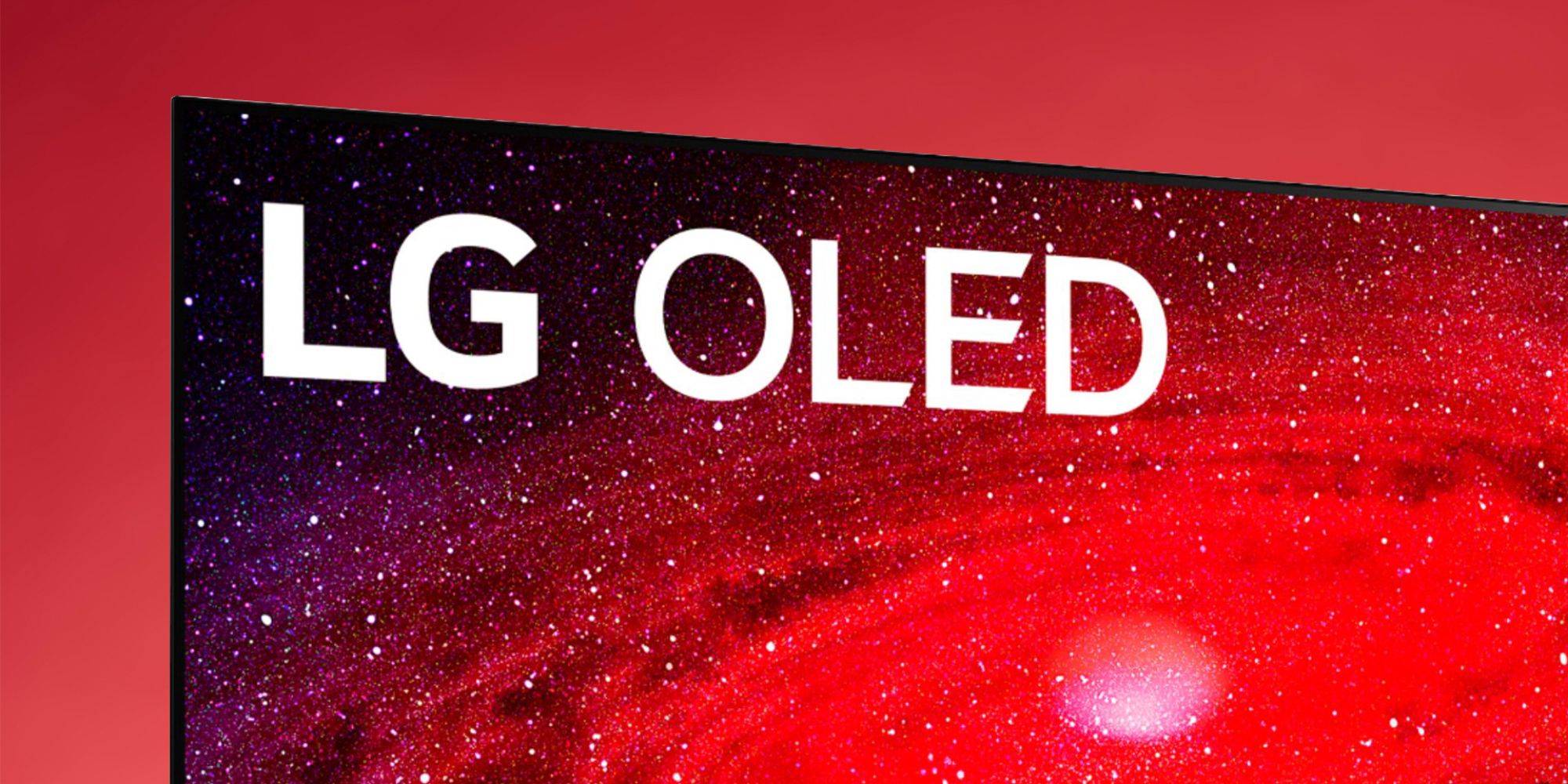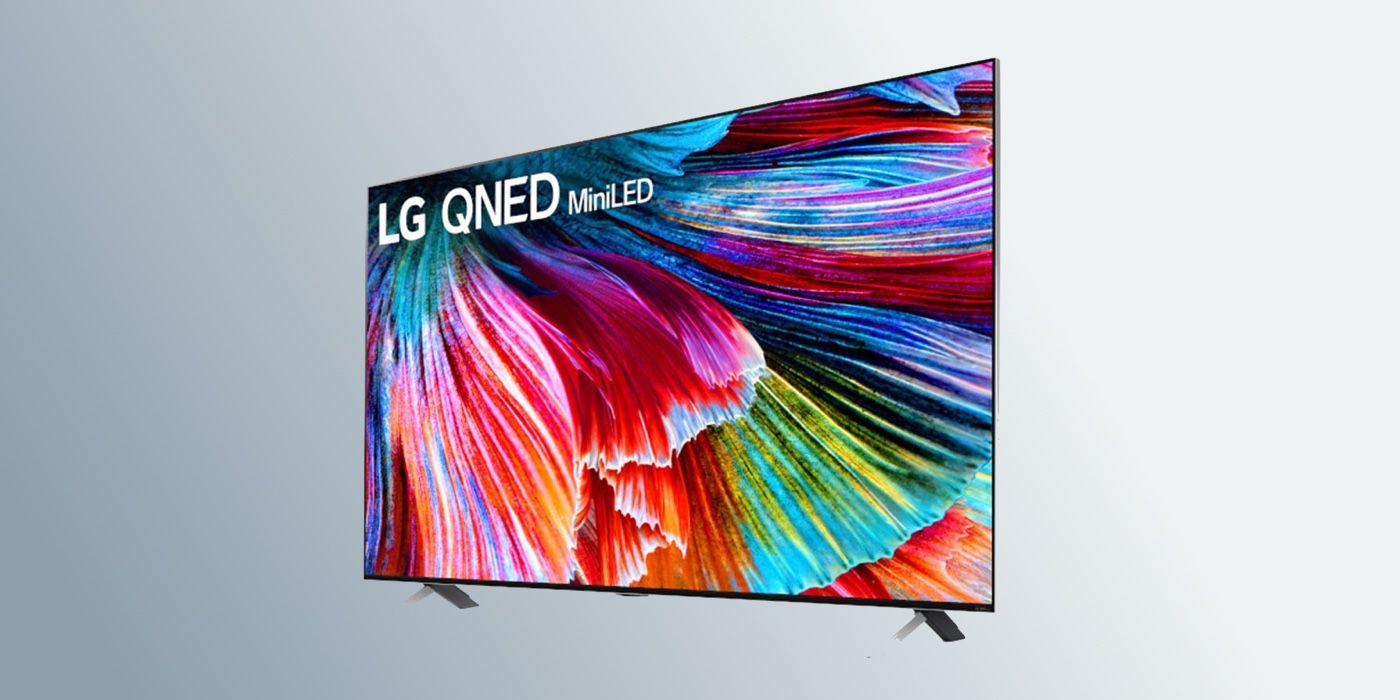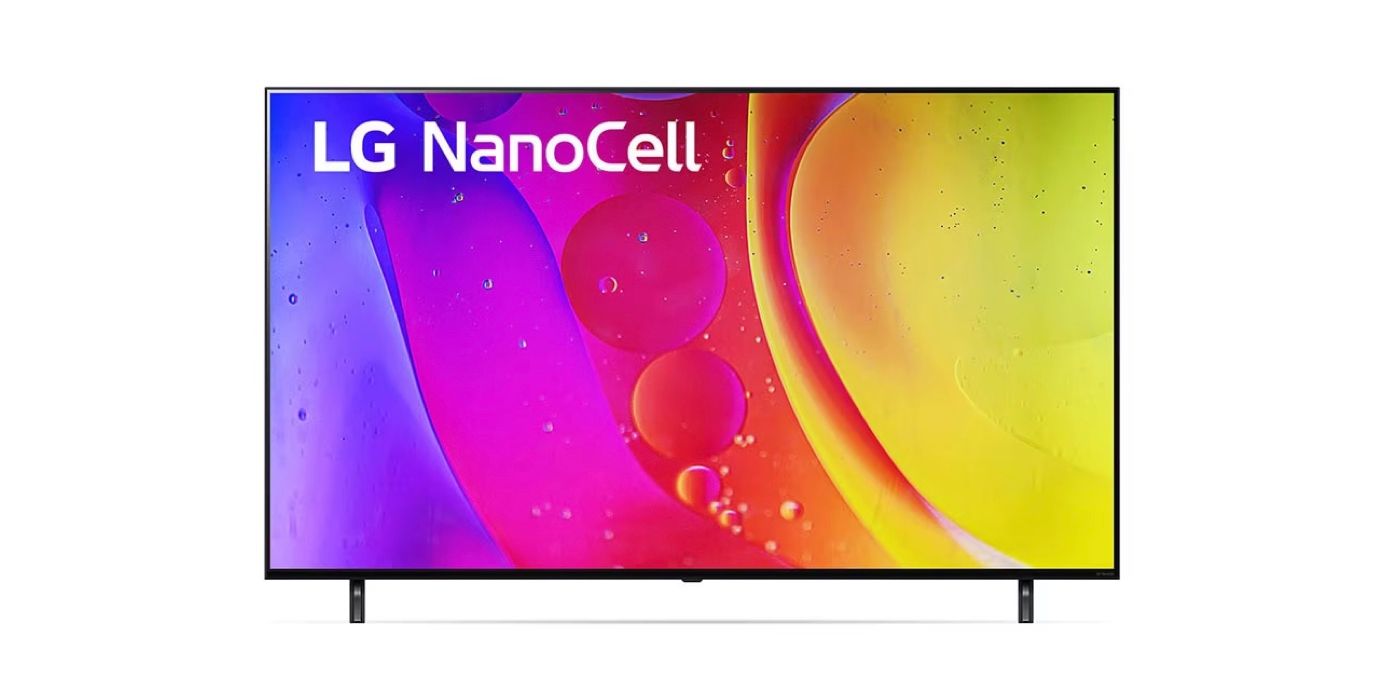LG offers a range of Mini LED TVs with QNED technology, but what exactly is QNED, and how does it compare to the popular QLED and OLED TV technologies? LG TVs are among the best money can buy, and the brand sells a variety of them, including QNED, OLED, NanoCell, and 4K UHD TVs. The webOS platform used in its smart TVs has a great interface and is ideal for accessing streaming platforms such as YouTube and Netflix. However, the TV market is very competitive and, like other manufacturers, LG needs to constantly introduce new technology to tempt consumers to ditch their current TVs.
LG QNED TVs are LCD-based and use a combination of quantum dot and NanoCell technologies with Mini LED backlighting. The Mini LED backlighting consists of up to 30,000 tiny LEDs paired with nearly 2,500 dimming zones. This results in LG QNED TVs having great peak brightness levels and an improved contrast ratio compared to regular LCD TVs. QNED sounds a lot like QLED — a technology popularized by Samsung TVs — and there's a good reason for that. Both technologies are very similar as both use quantum dots, which are semiconducting nanocrystals that produce a wide array of colors.
OLED Is Better Than QNED
There are a couple of reasons why LG named its newest technology with an "N" rather than sticking with the already familiar QLED. One is to separate itself from other brands and make its TVs stick out from other QLED and OLED ones. Another reason is because QNED incorporates NanoCell technology, which improves the color accuracy at different viewing angles.
Despite QNED being one of LG's newest technology for TVs, OLED TVs remain the best in the industry. LG even acknowledges this with a statement in one of its press releases. The biggest difference between QLED and OLED is independent dimming control. While QNED TVs have plenty of dimming zones, they still use dimmable light bulbs. OLED TVs use organic, carbon-based material that can produce a wider array of colors or no color at all. In fact, OLED TVs are touted to have the best blacks because individual pixels can be switched off — whereas QNED pixels can only be dimmed.
Consumers seeking the most premium TV should purchase an OLED TV because of its top-of-the-line picture quality. However, QNED and QLED TVs are fantastic alternatives for those who do not want to spend exorbitant amounts of money. The truth is that there are great TVs in all budget ranges. Even brief research will show that consumers have plenty of options. In fact, purchasing last year's models is always a good idea because they can be markedly cheaper while the annual improvements in TVs are much less comparatively. It may take a while for expensive QNED TVs to come down dramatically in price, but waiting for an older model is an option to consider.
Which LG QNED TV Should You Buy?
LG has several QNED TVs listed on its website, and while the prices are comparatively cheaper than the OLED models, it's still a big investment. Users looking to buy a QNED TV might be overwhelmed by the many options, given many of them appear to offer similar features. The LG QNED 80 is a good choice, starting at $599 for the 50-inch variant.
The 4K TV features a 120Hz refresh rate, HDR 10, and HLG. It runs LG's webOS 22, which comes with support for nearly all major streaming service apps. It works with both Google Assistant and Alexa, and supports Apple's AirPlay and HomeKit. It features a 40W 2.2 channel audio system, four HDMI ports, and two USB 2.0 ports. The LG QNED 80 is available in 50-inch, 55-inch, 65-inch, 75-inch, and 86-inch sizes, with the price of the largest variant going up to $1,999.
What Are NanoCell TVs?
LG has another proprietary TV technology called NanoCell, but what does it mean? Like QNED TVs, NanoCell TVs are also backlit. However, LG uses nanoparticles to "filter" the colors on the screen, leading to more vibrant and accurate colors. Additionally, NanoCell TVs offer more consistent colors when viewed from wider angles. NanoCell technology is also able to provide deeper blacks by utilizing multiple dimming zones behind the TV screen which can be independently controlled, leading to more depth in darker scenes, while simultaneously reducing backlight bleed.
As a result of this, LG's NanoCell TVs are an affordable alternative to OLED TVs. While individual pixels aren't switched off for the deepest blacks possible, selective dimming of specific zones should offer much more contrast. LG's NanoCell technology is available on both 4K and 8K TVs, with the latter automatically upscaling content into 8K resolution.




